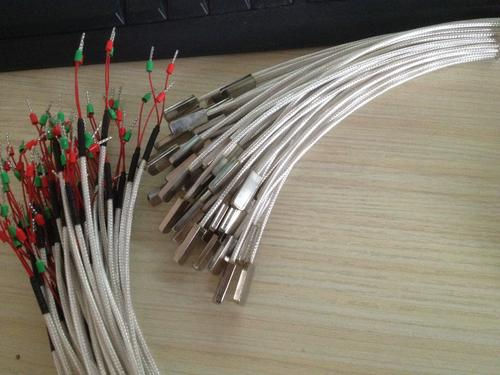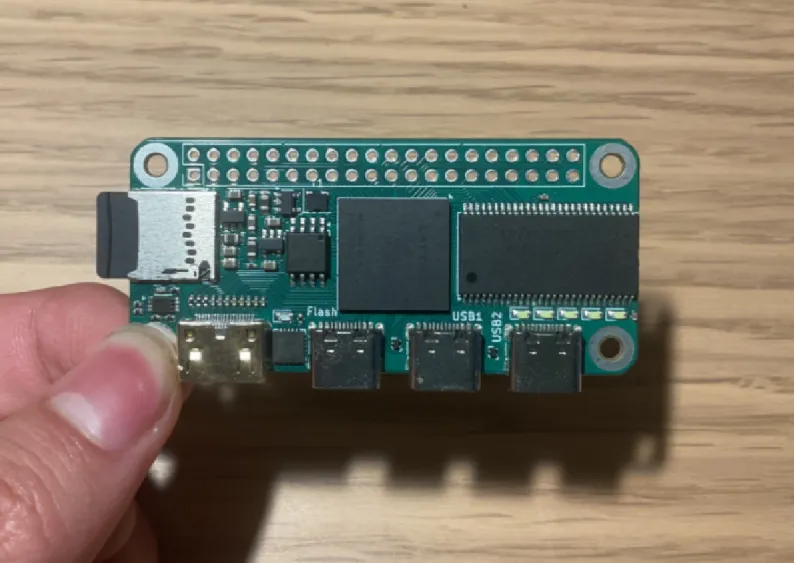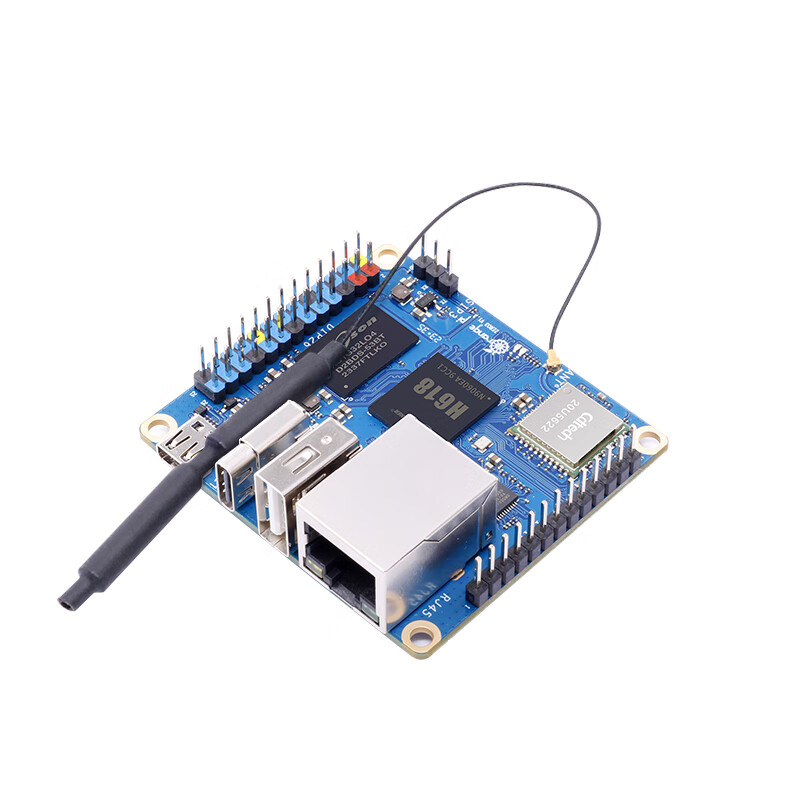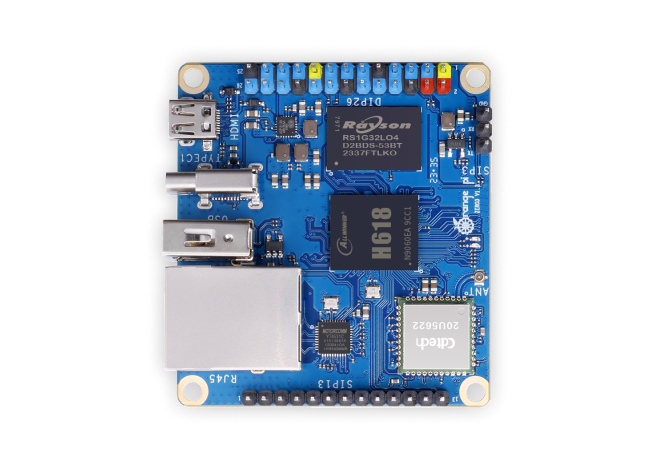I. noitIntroduction
Accuracy is a crucial fa.srosnesctor when it comes to temperature sensors. Different temperature sensors have varying levels of accuracy, which can significantly impact their suitability for different applications. In this article, we will compare the accuracy of the PT1000 temperature sensor with other common types of temperature sensors, such as thermocouples, thermistors, and semiconductor - based temperature sensors.

II. Accuracy of PT1000
The PT1000 is a resistance temperature detector (RTD) that uses platinum as the sensing element. At 0°C, its resistance is 1000 ohms. PT1000 sensors typically offer high accuracy. In the temperature range of - 50°C to 150°C, they can achieve an accuracy of ±0.1°C to ±0.3°C. This high - level accuracy is due to the stable and well - defined resistance - temperature relationship of platinum. The linearity of the platinum's resistance change with temperature also contributes to the accuracy of the PT1000, as it simplifies the calibration process and reduces errors in temperature measurement.
III. Comparison with Thermocouples
A. General Characteristics of Thermocouples
Thermocouples are made by joining two different metals. They generate a small voltage that is proportional to the temperature difference between the measuring junction and the reference junction. Thermocouples are known for their wide temperature range, but their accuracy is generally lower compared to PT1000 sensors.
B. Accuracy Differences
- Type K thermocouples, which are very common, have an accuracy of around ±1°C to ±2.2°C in the range of - 200°C to 1260°C. This is significantly less accurate than the PT1000 in the overlapping temperature ranges. The accuracy of thermocouples can also be affected by factors such as the quality of the metals used, the length of the thermocouple wires, and the presence of electromagnetic interference.
- In high - temperature applications where thermocouples are often used, the accuracy degradation can be more pronounced. For example, at very high temperatures, the Seebeck coefficient of the thermocouple materials may change, leading to further inaccuracies in temperature measurement.
IV. Comparison with Thermistors
A. General Characteristics of Thermistors
Thermistors are semiconductor - based temperature sensors with a high sensitivity to temperature changes. They have a large change in resistance for a small change in temperature. However, their resistance - temperature relationship is highly non - linear.
B. Accuracy Differences
- Thermistors typically have an accuracy of around ±0.5°C to ±5°C. The wide range of accuracy values is due to the non - linearity of their response, which requires complex calibration to achieve a reasonable level of accuracy. In contrast, the linear output of the PT1000 simplifies the calibration process and results in more consistent and accurate temperature measurements.
- Thermistors are also more sensitive to self - heating effects. When a current is passed through a thermistor to measure its resistance, the power dissipated can cause a small increase in its temperature, leading to measurement errors. PT1000 sensors are less affected by self - heating due to their lower resistance and more stable material properties.
V. Comparison with Semiconductor - Based Temperature Sensors
A. General Characteristics of Semiconductor - Based Temperature Sensors
Semiconductor - based temperature sensors are integrated circuits that use the temperature - dependent electrical properties of semiconductors to measure temperature. They are often used in consumer electronics and some industrial applications due to their low cost and ease of integration.
B. Accuracy Differences
- Semiconductor - based temperature sensors usually have an accuracy of around ±1°C to ±3°C. While they are relatively accurate for many general - purpose applications, they are not as precise as PT1000 sensors. The performance of semiconductor - based sensors can be affected by factors such as manufacturing variations, power supply fluctuations, and environmental conditions.






